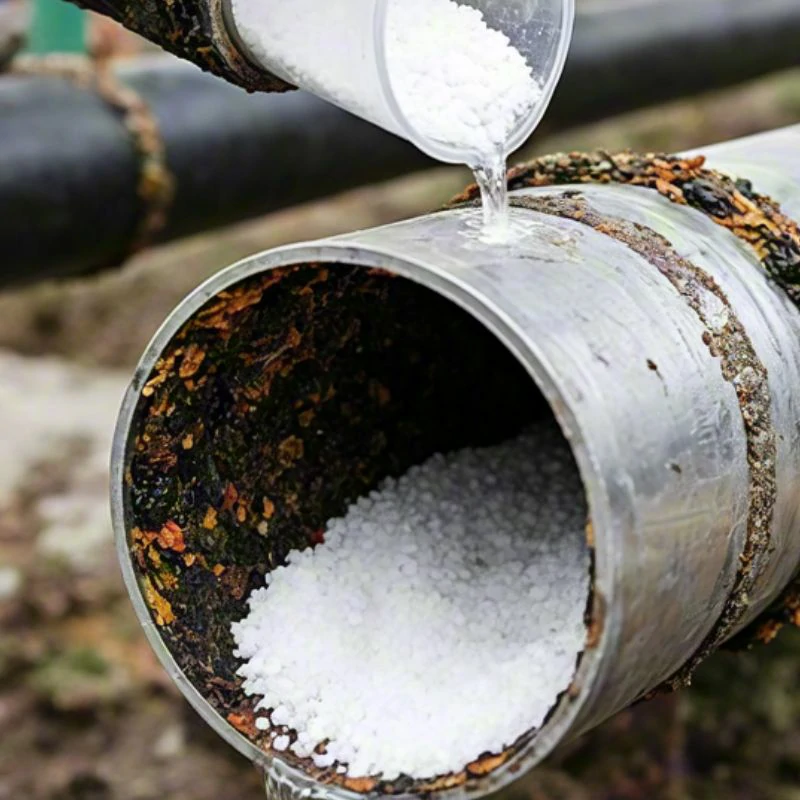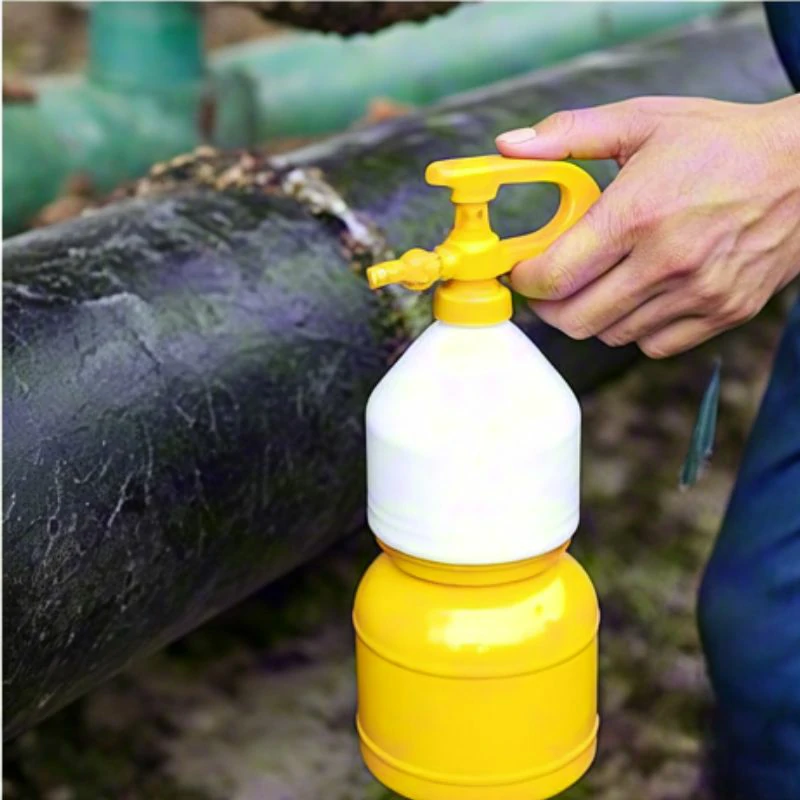Huiya Envirotech, with its expertise in chemical solutions and environmental sustainability, provides customized, high-performance products that meet industry standards. Leveraging advanced technology and years of experience, Huiya Envirotech offers reliable, cost-effective solutions for oil and gas operators to optimize operations and minimize environmental impact.
Sodium chlorite and chlorine dioxide are vital in oil & gas for water treatment and microbial control. They act as potent biocides, preventing biofilm formation, corrosion (especially from SRBs), and well souring. They can used in the oil and gas industries for treating fracking water, produced water, enhanced oil recovery, and maintaining pipelines/tanks.
Chlorine Dioxide (ClO2) and sodium chlorite are essential chemicals used in the oil and gas industry for effective treatment of pipelines and storage tanks. These powerful disinfectants serve as biocides, helping to control microbial contamination, which is a significant concern for operational efficiency and infrastructure integrity. The treatment of pipelines and storage tanks with chlorine dioxide ensures enhanced performance, corrosion prevention, and overall system reliability.
01 / 02


Prevention of Microbial Influenced Corrosion (MIC): Microbial Influenced Corrosion (MIC) is a leading cause of pipeline degradation, driven primarily by bacteria like sulfate-reducing bacteria (SRB) and acid-producing bacteria. These microorganisms promote corrosion, weakening the pipeline structure. Chlorine dioxide and sodium chlorite effectively combat these bacteria, mitigating the risk of MIC and preserving the pipeline’s integrity.
Biofilm Removal and Control: Biofilms, which are layers of bacteria that build up on the inner surfaces of pipelines, can obstruct flow, increase friction, and accelerate corrosion. Chlorine dioxide is especially effective in penetrating and breaking down these biofilms, ensuring that pipelines remain clean, functional, and free from microbial-induced damage. Regular application of chlorine dioxide prevents biofilm formation, improving flow efficiency and extending the lifespan of pipelines.
Biofilm Prevention in Pipelines: Chlorine dioxide is injected into pipelines to prevent the initial formation of biofilms. Biofilm buildup can reduce flow capacity and harbor MIC-inducing bacteria, which can lead to more severe pipeline issues. By using chlorine dioxide, operators can proactively prevent biofilm formation and associated microbial contamination, safeguarding the pipeline’s operational performance.
02 / 02


Disinfection and Sterilization: Storage tanks in the oil and gas industry often store products that can degrade due to microbial contamination. Chlorine dioxide is used to disinfect and sterilize these tanks, preventing the growth of harmful microorganisms. By maintaining a microbe-free environment, chlorine dioxide ensures that stored products remain uncontaminated, reducing the risk of product degradation and quality issues.
Control of Sludge Formation: Microbial growth can also lead to sludge formation in storage tanks, which complicates storage operations and impacts the quality of stored crude oil. Sodium chlorite and chlorine dioxide control microbial activity, reducing the buildup of sludge. This helps maintain the integrity of the stored product and reduces the cost associated with sludge management and processing.
Corrosion Prevention in Storage Tanks: Corrosion is a major concern for the internal surfaces of storage tanks, especially those affected by MIC. By controlling microbial growth and biofilm formation, chlorine dioxide provides critical protection against internal tank corrosion. This extends the lifespan of storage tanks, reduces maintenance costs, and ensures that the tanks remain functional over time.
Odor Control in Storage Tanks: In addition to its disinfectant properties, chlorine dioxide is also effective in controlling odors caused by microbial activity within storage tanks. The ability to neutralize odors improves the overall operational environment and minimizes the risk of odor-related disruptions.
The application of chlorine dioxide and sodium chlorite in the oil and gas industry offers significant benefits in the treatment of pipelines and storage tanks. By effectively controlling microbial contamination, preventing biofilm formation, reducing sludge buildup, and protecting against MIC and corrosion, these chemicals help maintain the integrity, efficiency, and longevity of critical infrastructure. The result is smoother operations, reduced maintenance costs, and enhanced safety and environmental compliance.
Get top-quality sodium chlorite and chlorine dioxide products, along with custom solutions. Our expert team is here to help - contact us today!
Contact Us